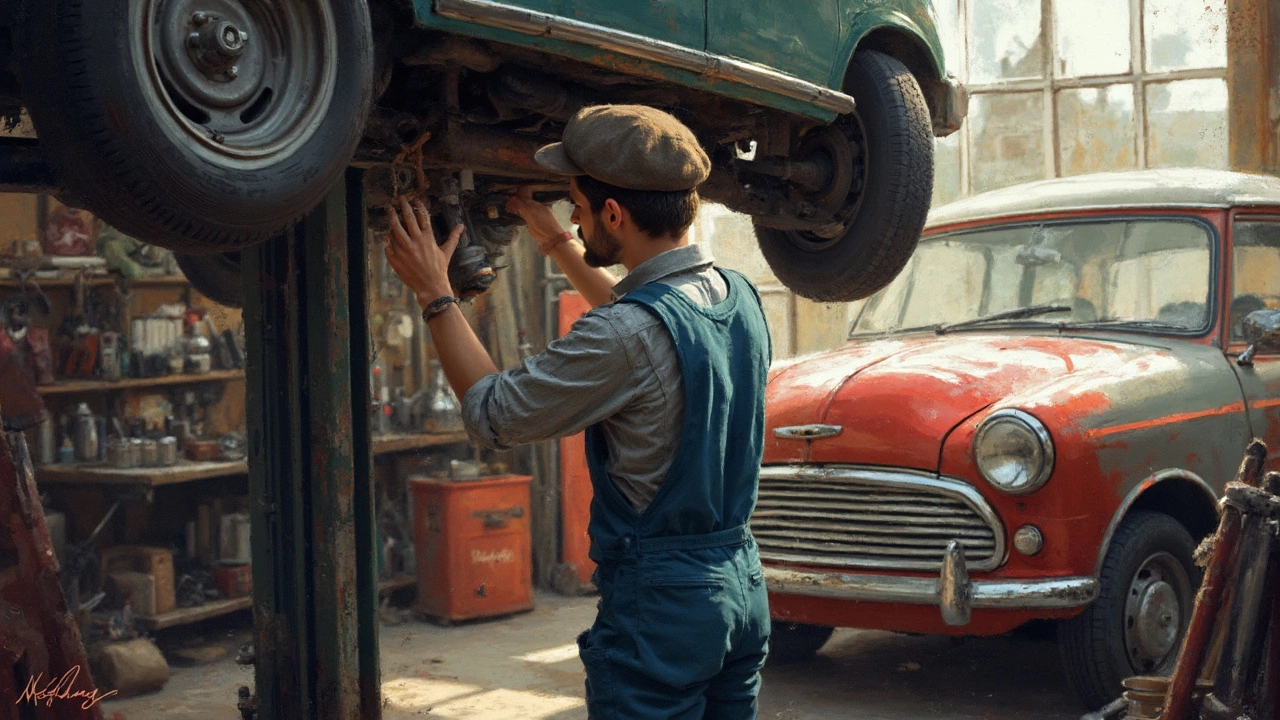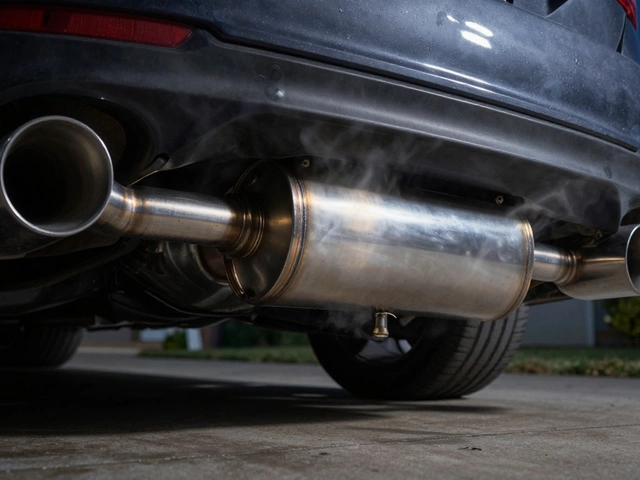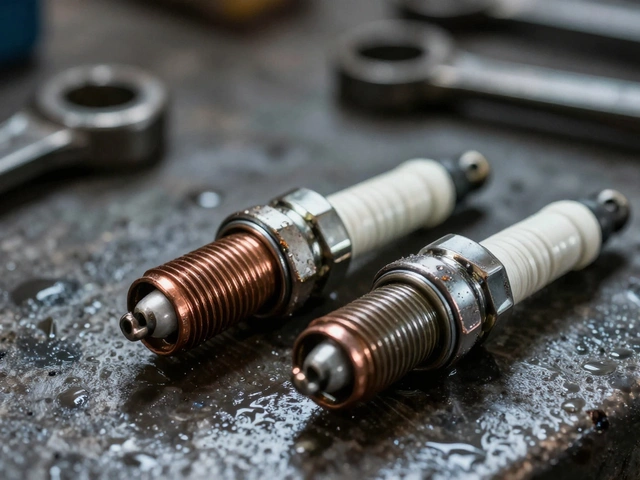Vehicle Suspension: Signs of Trouble and What to Do
When your vehicle suspension, the system that connects your car to the wheels and absorbs road impacts. Also known as car suspension, it keeps your ride smooth, your tires on the road, and your brakes working right. If it’s worn out, you won’t just feel every bump—you’ll lose control. A bad suspension doesn’t just make driving uncomfortable. It makes it dangerous. And most people don’t realize how serious it is until they’re skidding on a wet corner or hearing clunks over speed bumps.
Your shock absorbers, the components that dampen spring movement and prevent bouncing are the heart of this system. When they fail, your car doesn’t just bounce—it dives when braking, sways when turning, and takes longer to stop. You might notice your tires wearing unevenly, or your steering feeling loose. These aren’t just annoyances. They’re warnings. And they’re linked to another key part: suspension diagnostics, the process of identifying worn or broken parts like struts, control arms, or bushings. You don’t need a fancy scanner to spot trouble. A simple bounce test—press down on each corner of your car and let go—can tell you a lot. If it keeps bouncing, your shocks are done.
It’s not just about comfort. A failing suspension affects your brakes, your tires, even your engine over time. When the wheels aren’t staying planted, your braking distance increases. Your tires wear out faster because they’re bouncing instead of gripping. And as one post found, suspension damage can indirectly stress your engine mounts and alignment components. You can’t ignore it. People who wait until they hear loud clunks or feel their car bottoming out are already risking accidents. The truth? Most suspension parts wear out slowly. You don’t wake up one day with broken shocks—you notice a change in how your car feels over weeks or months.
That’s why knowing the early signs matters. Does your car lean more than usual in turns? Do you feel every crack in the road? Is your steering wheel vibrating? These aren’t normal. And they’re not just "old car stuff." They’re signals you can act on before things get expensive—or worse. Below, you’ll find real, practical guides from drivers who’ve been there. From how to test your shocks at home, to spotting when it’s time to replace them, to understanding how suspension problems connect to other parts of your car. No fluff. Just what you need to know to keep your ride safe and under control.







